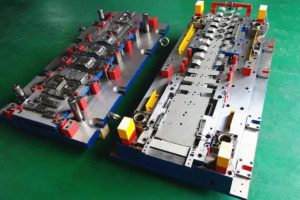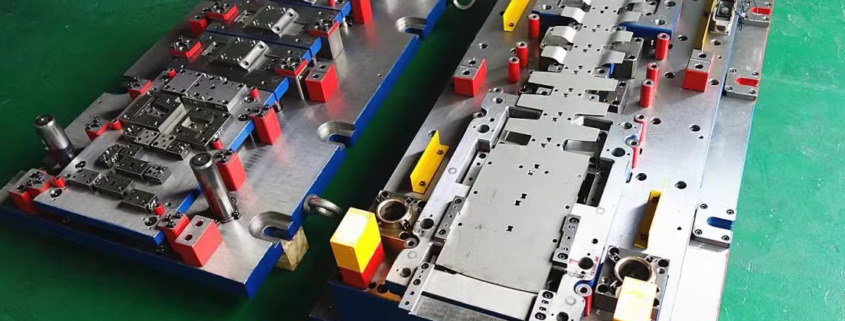Metal Stamping Materials
Metal Stamping Materials

The choice of Metal Stamping Materials is closely related to metal stamping and deep drawing process and directly affects the design of the stamping process, the quality of stamped parts, the product’s service life, as well as the balanced production and production cost of stamped parts.
When selecting stamping materials, the first consideration should be to meet the requirements of the components’ usage. Generally, for the main stamped parts on machines, materials with higher strength and stiffness are required. For certain stamped parts on motors and electrical appliances, materials with high conductivity and permeability are required. Stamped parts on cars and airplanes require materials with sufficient strength while minimizing weight. Stamped parts on chemical containers require materials with corrosion resistance, and so on.
Therefore, different usage requirements determine the selection of different stamping materials. However, from the perspective of the stamping process, materials should also meet the requirements of the stamping process to ensure smooth completion of the stamping process.
The requirements for Metal Stamping Materials:
1. Good formability
Formability refers to the ability of sheet metal to adapt to various stamping methods. Stamping is a metal plastic forming method, therefore, materials need to have good plasticity.
For deep drawing of sheet metal, high ductility, low yield strength, and a large directional coefficient in the thickness direction are required, while materials with high hardness are difficult to deep draw. The smaller the yield-to-tensile ratio of the sheet metal, the better the stamping performance, and the greater the extent of one-time deformation.
When the dimensional coefficient in the thickness direction is >1, deformation in the width direction is easier than deformation in the thickness direction. A larger dimensional coefficient means less likelihood of thinning and fracture during stretching, indicating better deep drawing performance. Materials with good deep drawing performance include steel with carbon content <0.14%, soft yellow brass (copper content 68%~72%), pure aluminum and aluminum alloys, austenitic stainless steel, etc.
2. Good surface quality
Materials with good surface quality are less likely to cause part rupture and produce scrap during stamping. They also reduce abrasion on the molds, extending their lifespan, and result in better surface quality of the finished parts. Therefore, stamping materials generally require smooth and flat surfaces without oxide skin, rust spots, cracks, scratches, and other defects.
3. Thickness tolerance that complies with international standards
The clearance between the punch and the die in stamping is determined based on the material’s thickness, so the material’s thickness tolerance should comply with the standards set by the country. Otherwise, if the thickness tolerance is too large, it will affect the quality of the parts and may damage the molds and equipment.
We are professional stamping manufacturer in china.Please contact us for more details. We can choose best material to get good quality of your new items.



